Prolonged droughts followed by sudden bursts of rainfall – how do desert soil bacteria manage to survive such harsh conditions? This long-debated question has now been answered by an ERC project led by microbiologist Dagmar Woebken from the Centre for Microbiology and Environmental Systems Science (CeMESS) at the University of Vienna.
Tag: University of Vienna
Seed ferns: plants experimented with complex leaf vein networks 201 million years ago
According to a research team led by palaeontologists from the University of Vienna, the net-like leaf veining typical for today’s flowering plants developed much earlier than previously thought, but died out again several times.
Stellar winds of three sun-like stars detected for the first time
An international research team led by a researcher from the University of Vienna has for the first time directly detected stellar winds from three Sun-like stars by recording the X-ray emission from their astrospheres, and placed constraints on the mass loss rate of the stars via their stellar winds. The study is currently published in Nature Astronomy.
Rays were more diverse 150 million years ago than previously thought
In a new study recently published in the journal Papers in Palaeontology, an international team of scientists led by palaeobiologist Julia Türtscher from the University of Vienna has explored the puzzling world of rays that lived 150 million years ago and discovered a previously hidden diversity – including a new ray species.
Frequency of heat days systematically underestimated in many studies
Many studies on the climate crisis focus on researching temperature extremes on a global scale. Scientists at the University of Vienna have now uncovered an error in an established calculation method, leading to a systematic underestimation in the frequency of heat days.
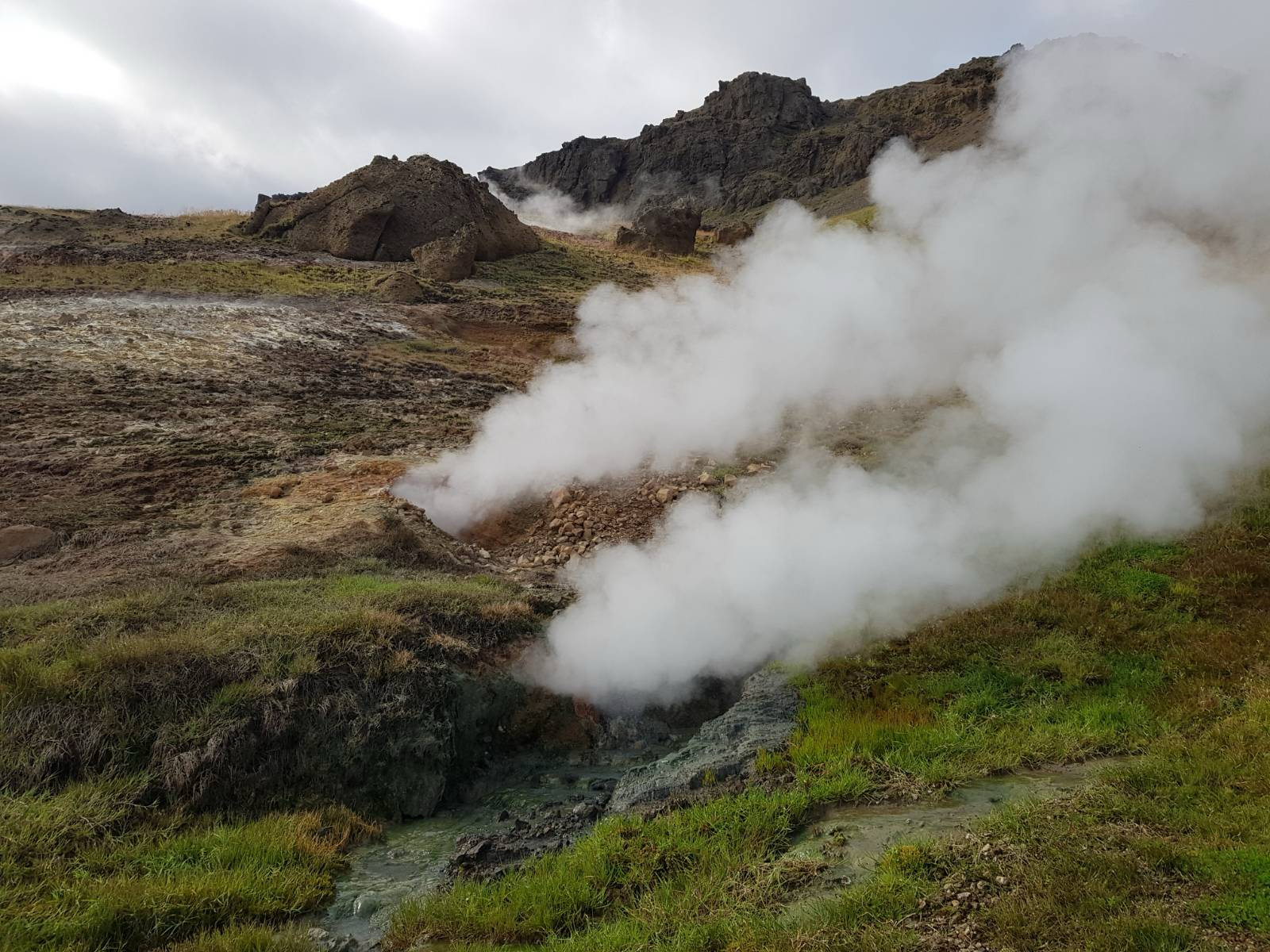
Global warming increases the diversity of active soil bacteria
Warmer soils harbour a greater diversity of active microbes, according to a new study from researchers at the Centre for Microbiology and Environmental Systems Science (CeMESS) at the University of Vienna. The study, published in Science Advances, represents a significant shift in our understanding of how microbial activity in the soil influences the global carbon cycle and possible feedback mechanisms on the climate. Until now, scientists have assumed that higher soil temperatures accelerate the growth of microbes, thus increasing the release of carbon into the atmosphere. However, this increased release of carbon is actually caused by the activation of previously dormant bacteria.
Nature is particularly beneficial for people on lower income
Data from a representative sample of the Austrian population suggests that the relationship between nature contact and well-being is consistently stronger for people on lower than higher incomes.
New insights into the genetics of the common octopus: genome at the chromosome level decoded
Octopuses are fascinating animals – and serve as important model organisms in neuroscience, cognition research and developmental biology. To gain a deeper understanding of their biology and evolutionary history, validated data on the composition of their genome is needed, which has been lacking until now.
Art with DNA – Digitally creating 16 million colors by chemistry
The DNA double helix is composed of two DNA molecules whose sequences are complementary to each other. The stability of the duplex can be fine-tuned in the lab by controlling the amount and location of imperfect complementary sequences.
Microbial Metabolites: A New Link to Parkinson’s Disease?
Published in Environment International, a groundbreaking study from the Institute of Biological Chemistry and Centre for Microbiology and Environmental Systems Science (CeMESS) at the University of Vienna, in collaboration with the University of Konstanz and the Albert Einstein College of Medicine, reveals a microbial metabolite’s role in inducing Parkinson’s-like symptoms.
5,000-year-old wine for Egyptian queen
A German-Austrian team led by archaeologist Christiana Köhler from the University of Vienna is investigating the tomb of Queen Meret-Neith in Abydos, Egypt. She was the most powerful woman in the period around 3,000 BC.
Cats purr differently than previously thought
A recent investigation led by voice scientist Christian T. Herbst from the University of Vienna, published in Current Biology, delivers novel insights into how cats produce their purring sounds. A special ‚pad‘ embedded in the vocal folds might explain why the cats can produce these low-frequency sounds.
New gut microbe produces smelly toxic gas but protects against pathogens
An international team of scientists led by microbiologist Alexander Loy from the University of Vienna has discovered a new intestinal microbe that feeds exclusively on taurine and produces the foul-smelling gas hydrogen sulfide.
Magnonic computing: Faster spin waves could make novel computing systems possible
Research is underway around the world to find alternatives to our current electronic computing technology, as great, electron-based systems have limitations. A new way of transmitting information is emerging from the field of magnonics: instead of electron exchange, the waves generated in magnetic media could be used for transmission, but magnonics-based computing has been (too) slow to date. Scientists at the University of Vienna have now discovered a significant new method: When the intensity is increased, the spin waves become shorter and faster – another step towards magnon computing. The results were published in the renowned journal Science Advances.
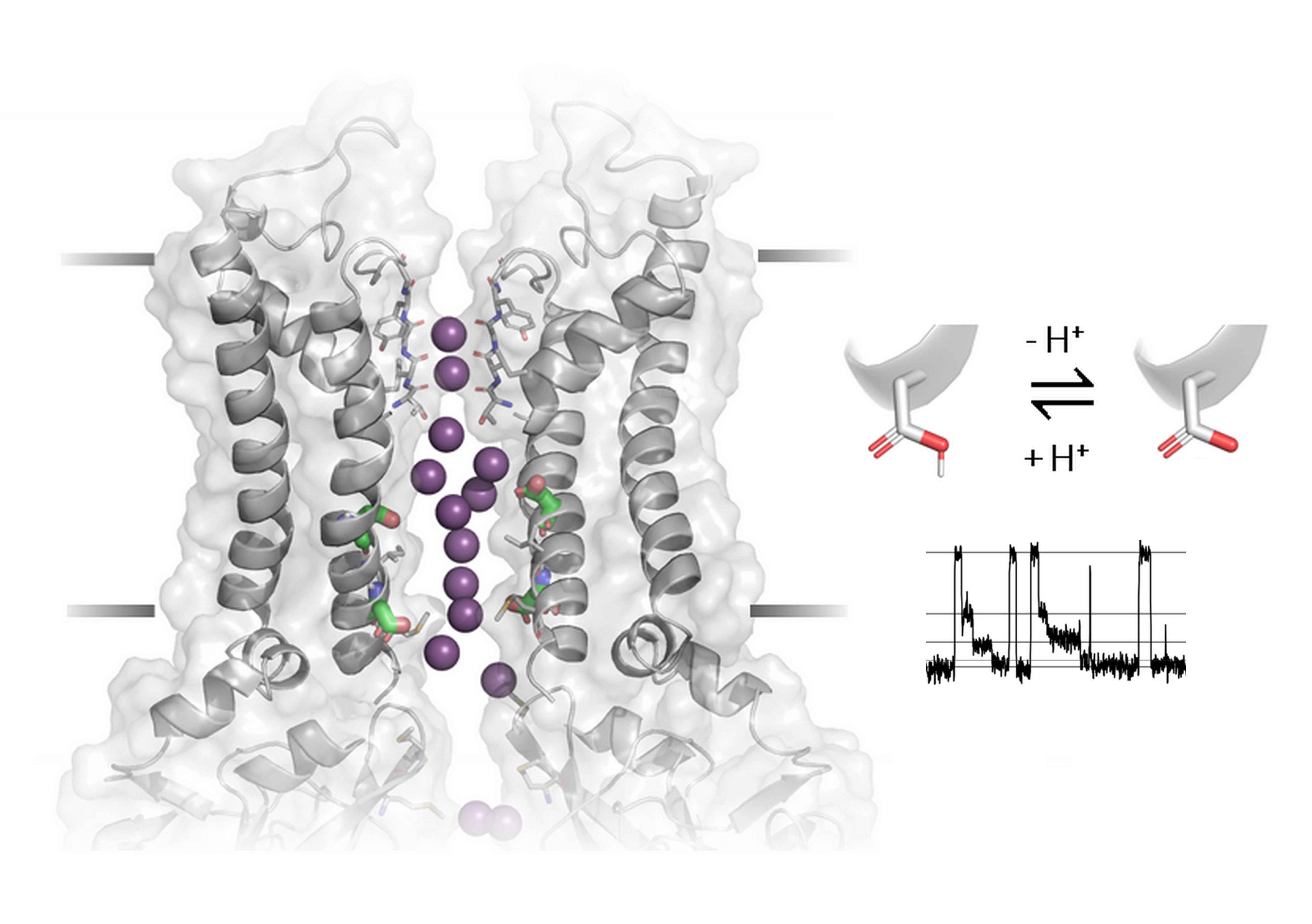
New Study Sheds Light on the gating mechanism of Ion Channels
Ion channels play a crucial role in many cellular processes, including neuronal communication, muscle contraction or cell proliferation. Most multi subunit ion channels exist in two functional states, either closed or open. During gating, one should expect that all subunits undergo conformational changes. The absence of intermediate conduction levels is surprising and asks for an explanation. A team of researchers from the University of Vienna and the Washington University in St. Louis created a smart model system to answer this important question. The study is currently published in Nature Communications.
The genetic heritage of our extinct ancestors
An international research study led by the University of Vienna (Austria) and the Institute of Evolutionary Biology (IBE) in Barcelona (Spain), recently published in the journal Nature Ecology and Evolution, provides a better insight into the evolutionary history of gorillas.

Engineering dual carriageways for signals
Routing signals and isolating them against noise and back-reflections are essential in many practical situations in classical communication as well as in quantum processing.
Quantum physics secures digital payments
Have you ever been compelled to enter sensitive payment data on the website of an unknown merchant? Would you be willing to consign your credit card data or passwords to untrustworthy hands? Scientists from the University of Vienna have now designed an unconditionally secure system for shopping in such settings, combining modern cryptographic techniques with the fundamental properties of quantum light. The demonstration of such “quantum-digital payments” in a realistic environment has just been published in Nature Communications.
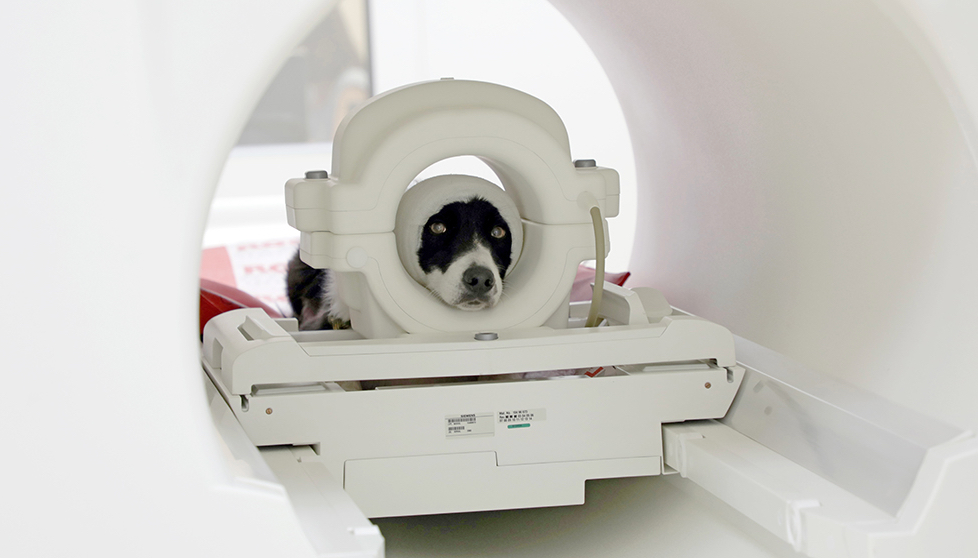
Like human, like dog
A study by researchers at the University of Vienna and the University of Veterinary Medicine Vienna shows that information from body postures plays a similarly important role for dogs as it does for humans. The results offer new insights into how dogs and humans perceive each other and their environment. They confirm that the temporal lobe plays a central role in social communication and perception. The study is currently published in the journal Communications Biology.
Dynamic plants: Origin and geographic evolution of cycads clarified
Paleobotanist Mario Coiro of the Institute of Paleontology at the University of Vienna and colleagues at the University of Montpellier (France) have made an important breakthrough in understanding the origin and geographic distribution of cycads. By combining genetic data with leaf morphological data from both fossil and living species for the first time, the researchers created a phylogenetic tree of these fascinating and endangered plants. The results of the study, which was funded by the Austrian Science Fund FWF, have now been published in the journal New Phytologist.
Genetic research offers new perspective on the early evolution of animals
A study published by MBARI researchers and their collaborators today in Nature provides new insights about one of the earliest points in animal evolution that happened more than 700 million years ago.
Consistent link between the seaside and better health
Seaside residents and holidaymakers have felt it for centuries, but scientists have only recently started to investigate possible health benefits of the coast. Using data from 15 countries, new research led by Sandra Geiger from the Environmental Psychology Group at the University of Vienna confirms public intuition: Living near, but especially visiting, the seaside is associated with better health regardless of country or personal income.
Covid-19 vaccination reduces mortality also in critically ill corona patients
Previous studies have shown that the mortality rate of Corona patients hospitalized and requiring oxygen therapy is similar no matter if they are vaccinated or unvaccinated. An international research team led by David Gómez-Varela from the Department for Pharmaceutical Sciences at the University of Vienna has now disproved these findings in a comprehensive multicontinental analysis published in the high-impact Journal of Medical Virology: The number of deaths of hospitalized patients would have been 22% lower if all unvaccinated, oxygen-dependent individuals had been vaccinated.
Tired of being alone: How social isolation impacts on our energy
In a study conducted in the lab as well as during the COVID-19 lockdowns, participants reported higher levels of tiredness after eight hours of social isolation. The results suggest that low energy may be a basic human response to a lack of social contact. The study conducted at the University of Vienna and published in Psychological Science also showed that this response was affected by social personality traits of the participants.
The Mozart effect myth: Listening to music does not help against epilepsy
Over the past fifty years, there have been remarkable claims about the effects of Wolfgang Amadeus Mozart’s music. Reports about alleged symptom-alleviating effects of listening to Mozart’s Sonata KV448 in epilepsy attracted a lot of public attention. However, the empirical validity of the underlying scientific evidence has remained unclear. Now, University of Vienna psychologists Sandra Oberleiter and Jakob Pietschnig show in a new study published in the prestigious journal Nature Scientific Reports that there is no evidence for a positive effect of Mozart’s melody on epilepsy.
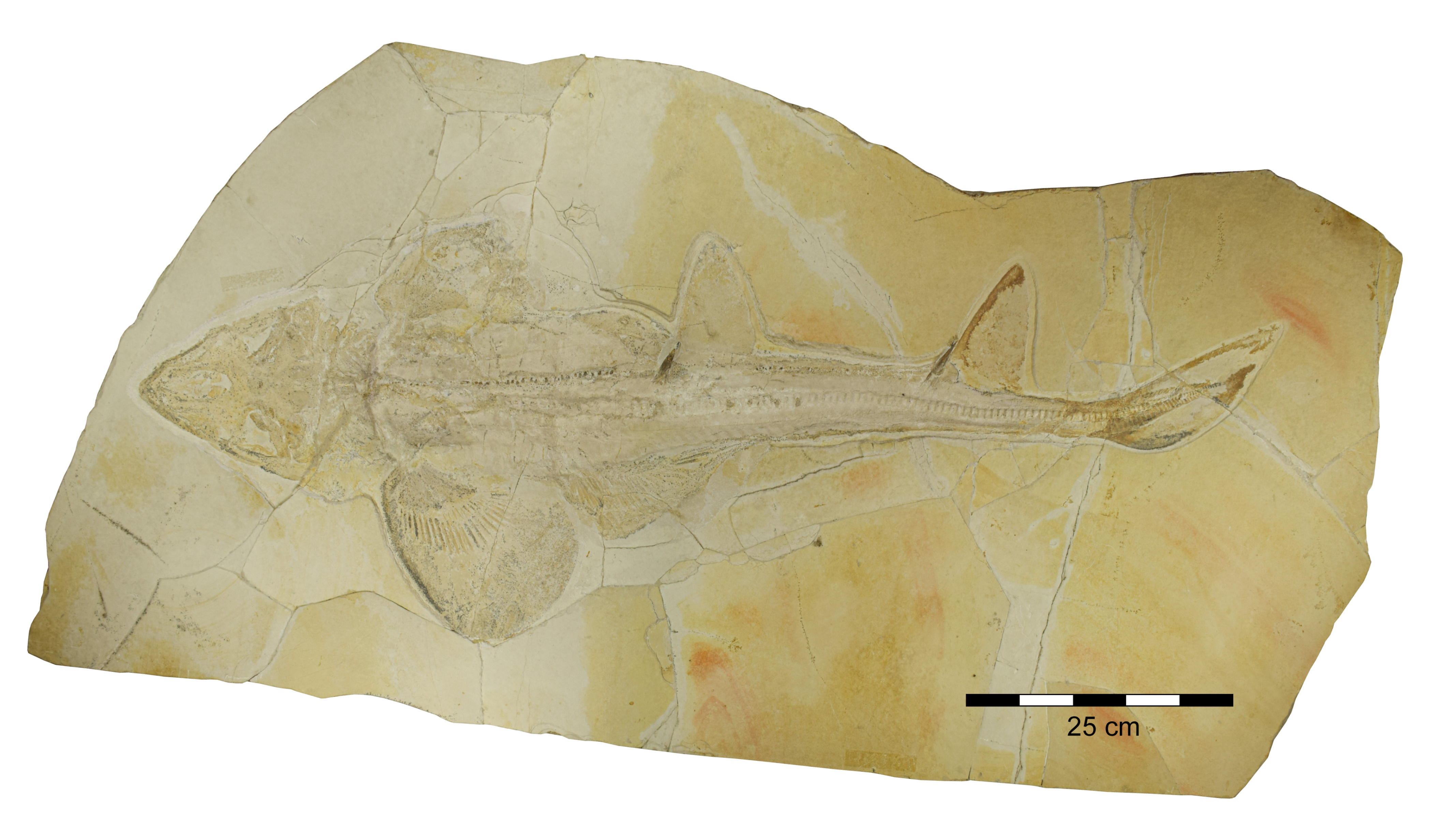
Jurassic shark – Shark from the Jurassic period was already highly evolved
Cartilaginous fish have changed much more in the course of their evolutionary history than previously believed. Evidence for this thesis has been provided by new fossils of a ray-like shark, Protospinax annectans, which demonstrate that sharks were already highly evolved in the Late Jurassic. This is the result of a recent study by an international research group led by palaeobiologist Patrick L. Jambura from the Department of Palaeontology at the University of Vienna, which was recently published in the journal Diversity.
Artificial sweetener as wastewater tracer
Acesulfame is a sweetener in sugar-free drinks and foods. As it cannot be metabolised in the human body, the sweetener ends up in wastewater after consumption and remains largely intact even in sewage treatment plants. A new study by the University of Vienna shows that the persistence of the sweetener varies with temperature as the concentration of the sweetener in wastewater varies with the seasons.
How to reverse unknown quantum processes
In the world around us processes appear to follow a certain time-direction: dandelions eventually turn into blowballs. However, the quantum realm does not play by the same rules. Physicists from the University of Vienna and IQOQI Vienna have now shown that for certain quantum systems the time-direction of processes can be reversed. This demonstration of a so-called rewinding protocol has been published in the Journal “Optica”.
How we navigate through crowds
Grid cells not only help us navigate our own paths in a complex environment, but also help us analyse the movements of other people, scientists from the University of Vienna have now shown for the first time. Their new study in Nature Communications also suggests an explanation for a mechanism that could lead to disorientation in dementia patients.
Ocean warming reduced the body sizes of fishes in the “twilight zone” in past interglacial
Fishes living in the twilight zone of the oceans reduce atmospheric carbon dioxide and are a huge food resource, but little is known about their response to climate warming. Geologist-Palaeontologist Konstantina Agiadi from the University of Vienna led a study funded by the Austrian Science Fund (FWF) that used fossils to answer this question. The results, published by the international team in the journal Proceedings of the Royal Society B: Biological Sciences, suggest that mesopelagic fishes overall shrink with warming.
What the inner ear of Europasaurus reveals about its life
Europasaurus is a long-necked, herbivorous dinosaur that lived in the Late Jurassic, about 154 million years ago, on a small island in modern-day Germany. Recently, scientists from the universities of Vienna and Greifswald examined fossil braincase material of Europasaurus with the aid of micro-computed tomography (micro-CT). The digital reconstruction of the inner ear of Europasaurus gave the researchers new insights not only into its hearing ability, but also into its reproductive and social behaviour. The study was recently published in eLife.
Long COVID: New evidence for cause of fatigue syndrome
The diagnosis and treatment of long COVID syndrome (LCS) is still very difficult, and there is only little knowledge about the factors causing accompanying symptoms.
Transport of air masses in connection with “El Niño” decoded
The El Niño phenomenon influences the weather in distant regions, as far away as the USA, India or the Mediterranean region. But how exactly these so-called teleconnections actually work has not yet been clarified completely.
Profiling of fatty sweet molecules on cell surfaces
Glycolipids, basically “fatty sweet” molecules, are a relatively unknown group of lipids. A new method developed by an Austrian team led by chemist Evelyn Rampler of the University of Vienna has now provided deeper insights into the functioning of certain glycolipids located on the surfaces of stem cells.
European colonial legacy is still visible in today’s alien floras
Alien floras in regions that were once occupied by the same European power are, on average, more similar to each other compared to outside regions and this similarity increases with the length of time a region was occupied. This is the conclusion of a study by an international team of researchers led by Bernd Lenzner and Franz Essl from the University of Vienna, which was recently published in the scientific journal “Nature Ecology and Evolution”.
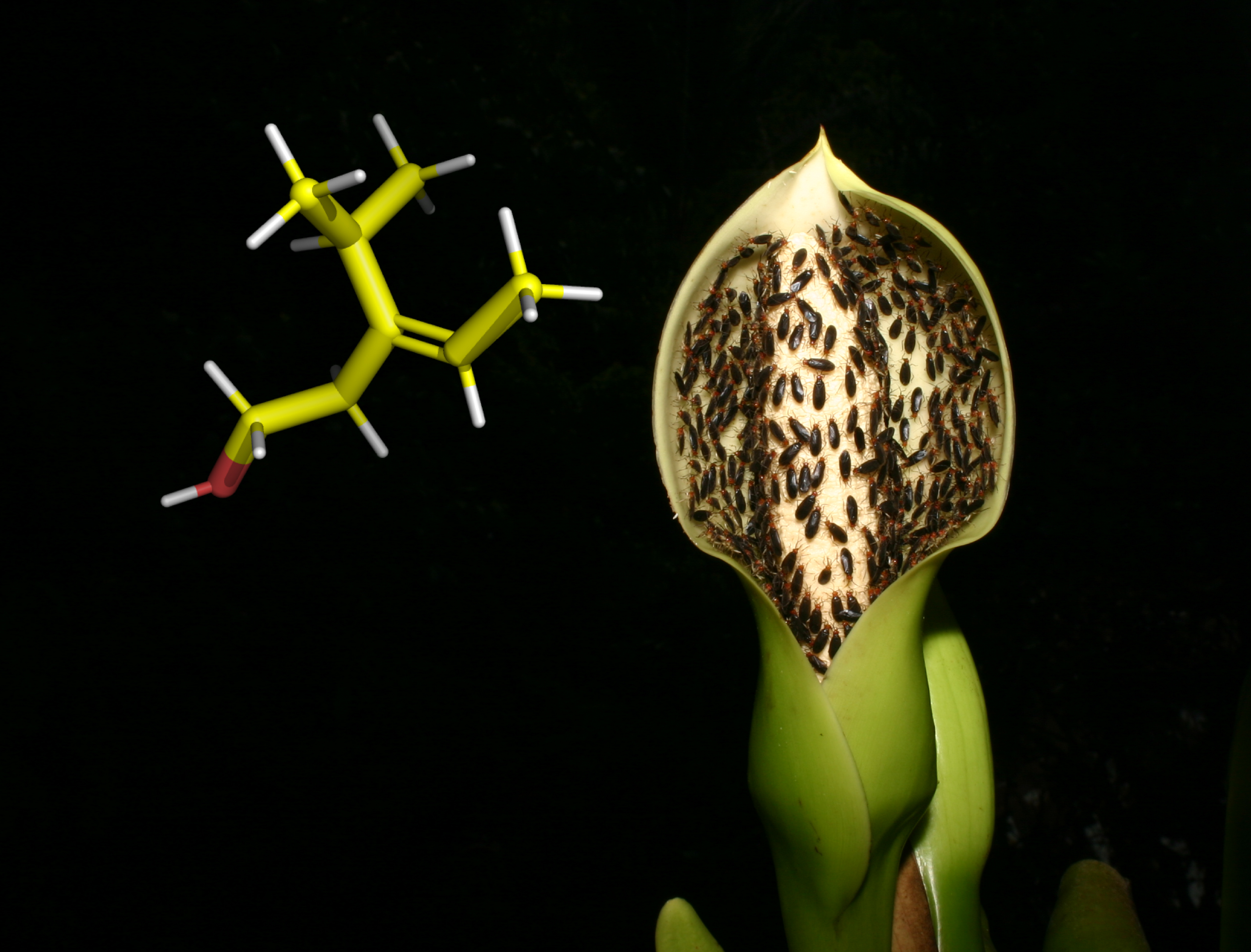
From foe to friend: harmful insects can become pollinators
An international team of researchers including Florian Etl and Jürg Schönenberger from the University of Vienna, Stefan Dötterl and Mario Schubert from the University of Salzburg, and Oliver Reiser and Christian Kaiser from the University of Regensburg, have for the first time succeeded in providing evidence for an important hypothesis on the evolution and diversity of animal pollination.
People who feel less pain are also less willing to help others
A reduced ability to feel pain in one’s own body leads to a reduced willingness to help others who feel pain. This result of a study published in Psychological Science by cognitive psychologists at the University of Vienna led by Claus Lamm and Helena Hartmann points beyond the individual effects of pain medication to its social costs.
Bacteria provide immunity against giant viruses
Amoebae receive surprising support in defense against viruses: The bacteria they are infected with prevent them from being destroyed by giant viruses. A research team led by microbiologist Matthias Horn from the Centre for Microbiology and Environmental Systems Science at the University of Vienna have investigated how a virus infection proceeds when the amoebae are simultaneously infected with chlamydia. The research team shows for the first time that intracellular bacteria known as symbionts protect their host against viruses. Amoebae are protists, i.e. single-celled microorganisms with a cell nucleus. Protists play a key role in food webs and ecosystem processes. Consequently, the results of the study suggest that the interaction between symbionts and viruses influence the flow of nutrients in ecosystems. The study is now published in the journal PNAS.
The Southern Arc and its lively genetic History
In a trio of papers, published simultaneously in the journal Science, Ron Pinhasi from the Department of Evolutionary Anthropology and Human Evolution and Archaeological Sciences (HEAS) at the University of Vienna and Songül Alpaslan-Roodenberg from the University of Vienna and Harvard University, Iosif Lazaridis and David Reich at Harvard University—together with 202 co-authors—report a massive effort of genome-wide sequencing from 727 distinct ancient individuals with which it was possible to test longstanding archaeological, genetic and linguistic hypotheses. They present a systematic picture of the interlinked histories of peoples across the Southern Arc Region from the origins of agriculture, to late medieval times.
Asian elephants have a nasal pronunciation
With the help of an acoustic camera that visualizes sound pressure, researchers from the University of Vienna investigated the calls of Asian elephants. The elephants emitted their low frequency “rumbles” mainly through their trunk or through their mouth and trunk simultaneously, and only seldomly through their mouth alone. This is the first study to conclusively demonstrate the combined oral and nasal call emission in a non-human animal. The study has recently been published in the journal “Animals”.
Caterpillar-like bacteria crawling in our mouth
Likely to survive in the oral cavity, bacteria evolved to divide along their longitudinal axis without parting from one another. A research team co-led by environmental cell biologist Silvia Bulgheresi from the University of Vienna and microbial geneticist Frédéric Veyrier from the Institut national de la recherche scientifique (INRS) just published their new insights in Nature Communications. In their work, they de-scribed the division mode of these caterpillar-like bacteria and their evolution from a rod-shaped ancestor. They propose to establish Neisseriaceae oral bacteria as new model organisms that could help pinpoint new antimicrobial targets.
Nano-sponges with potential for rapid wastewater treatment
Efficient adsorbents for industrial wastewater treatment are important to minimize potential environmental damage. In particular, organic dyes, as a significant group of industrial pollutants, are usually highly water soluble, non-degradable and many are toxic to carcinogenic. Changxia Li and Freddy Kleitz from the Faculty of Chemistry of the University of Vienna together with colleagues now presented a new approach to design an innovative composite material, consisting of a nanoporous, ultrathin covalent organic framework (COF) anchored on graphene, that is highly efficient at filtering organic pollutants from water. The study was published in “Angewandte Chemie”.

Progress in bioanalytics: Production of RNA chips significantly simplified
Biochips (microarrays) are modern analytical tools that allow thousands of individual detections to be performed simultaneously in a small amount of sample material. A team led by Mark Somoza from the Faculty of Chemistry at the University of Vienna has now presented a new method in “Nature Communications”. With this method, commercially available DNA chips can be quickly and easily converted into RNA chips, which are otherwise much more difficult to produce. Such RNA microarrays help to elucidate the still unknown functions of RNA molecules in cells – an important prerequisite for advancing the diagnosis and treatment of diseases such as cancer.
Higher voice pitch lets female faces appear younger
Psychologists and biologists around Christina Krumpholz and Helmut Leder from the University of Vienna investigated whether voice pitch can influence how female faces are evaluated. Their conclusion: a higher voice does indeed influence how the corresponding face is evaluated. However, this does not apply to all ratings. Faces with a higher voice were rated as younger, but other assumptions that the faces are also rated as more attractive, more feminine or healthier do not apply. The study was published in the journal Frontiers in Psychology.

“Hot” graphene reveals migration of carbon atoms
The migration of carbon atoms on the surface of the nanomaterial graphene was recently measured for the first time. Although the atoms move too swiftly to be directly observed with an electron microscope, their effect on the stability of the material can now be determined indirectly while the material is heated on a microscopic hot plate. The study by researchers at the Faculty of Physics of the University of Vienna was published in the journal Carbon.
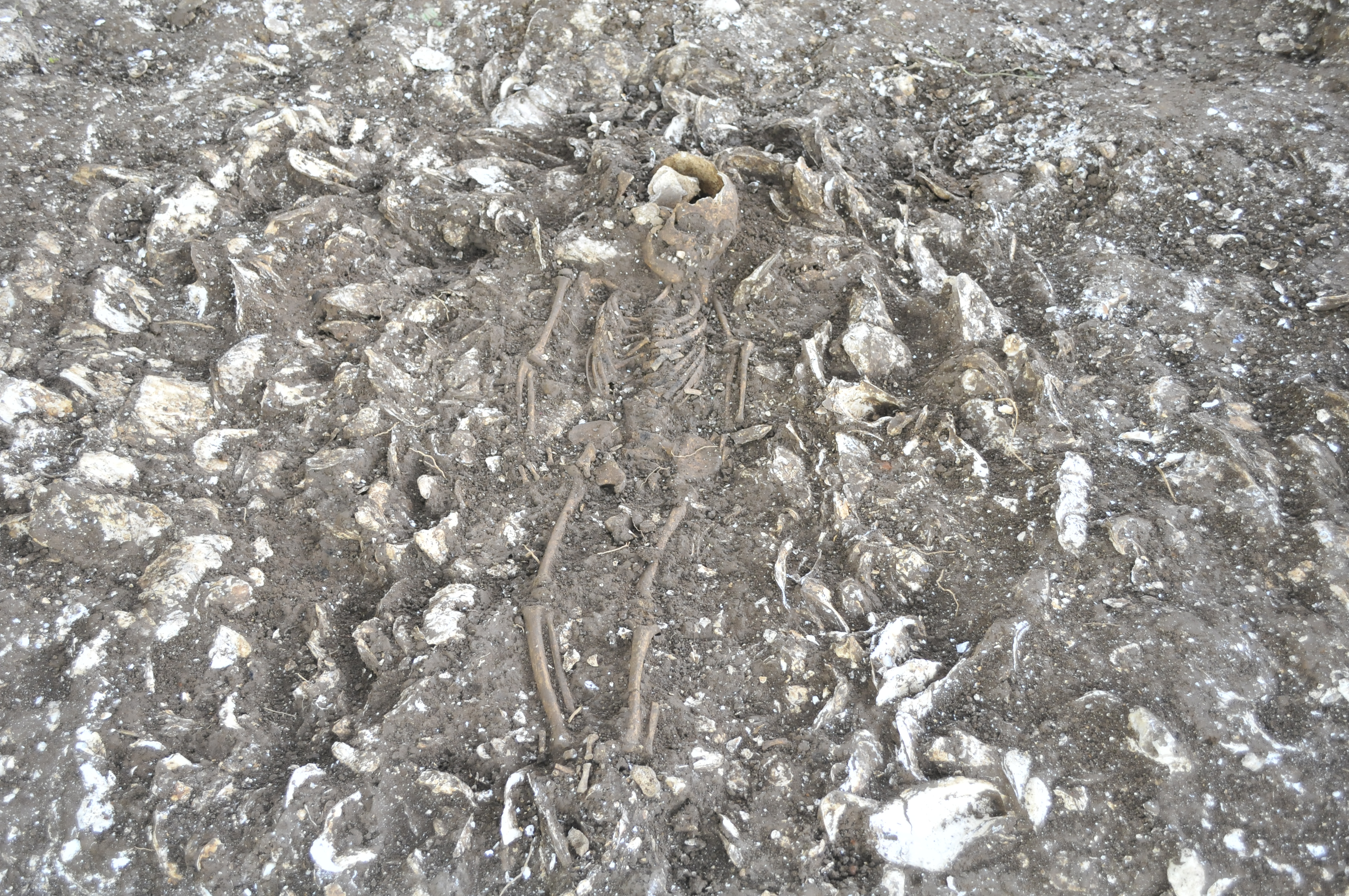
1.700-year-old Korean genomes show genetic heterogeneity in Three Kingdoms period Gaya
An international team led by The University of Vienna and the Ulsan National Institute of Science and Technology in collaboration with the National Museum of Korea has successfully sequenced and studied the whole genome of eight 1,700-year-old individuals dated to the Three Kingdoms period of Korea (approx. 57 BC-668 AD). The first published genomes from this period in Korea and bring key information for the understanding of Korean population history. The Team has been led by Pere Gelabert and Prof. Ron Pinhasi of the University of Vienna together with Prof. Jong Bhak and Asta Blazyte from the UNIST and Prof. Kidong Bae from the National Museum of Korea.

Chemical pollution threatens biodiversity
Environmental chemical pollution threatens biodiversity. However, the complexity of this pollution remains insufficiently recognised by decision-makers – this is what international researchers led by Gabriel Sigmund from the University of Vienna and Ksenia Groh from the Swiss Federal Institute of Aquatic Science and Technology (Eawag) argue in the most recent issue of “Science”. Their letter appears shortly before the international negotiations on the “post-2020 Global Biodiversity Framework”. These will take place from 21st of June in Nairobi (Kenya).
Parasitic worms reveal new insights into the evolution of sex and sex chromosomes
Studying two highly divergent phyla of worms that contain numerous parasites that cause human and livestock diseases, the research group of Qi Zhou from the University of Vienna and Zhejiang University, sheds light on how sexual reproduction and subsequent great diversity of sex chromosomes might have evolved.
Magnetic resonance makes the invisible visible
A small group of researchers including Dennis Kurzbach from the Faculty of Chemistry of the University of Vienna just published in “Nature Protocols” an advanced NMR (Nuclear Magnetic Resonance) method to monitor fast and complicated biomolecular events such as protein folding.
Early Earth: Tungsten isotopes in seawater provide insights into the co-evolution of Earth’s mantle and continents
In a study published in the journal Nature Communications, Andrea Mundl-Petermeier and Sebastian Viehmann of the Department of Lithospheric Research at the University of Vienna have demonstrated that a new geochemical archive – 182Tungsten in banded iron formations – can be used to simultaneously trace both the evolution of the Earth’s mantle and continents throughout Earth’s history. This offers new opportunities to better understand the Precambrian Earth in the future.